Optimized Modes for Low Light Imaging in the Grasshopper2 FireWire Camera
About High-Sensitivity and Reduced Noise Imaging Modes in Grasshopper2
Teledyne FLIR Grasshopper2 FireWire (GS2-FW) models provide vendor-specific Format_7 imaging Mode_3 and Mode_8. In these modes, the CCD pixel gain amplifier is disabled, and the vertical pixel clock shift register is slowed. These features result in reduced read noise, dark noise and dark current. Longer extended shutter times—up to 330 seconds—are also supported in these modes.
|
|
To achieve high shutter values the frame rate must be turned off. |
When using Format_7 Mode_3 or Format_7 Mode_8 with the Grasshopper2 FireWire camera, keep in mind the following:
- Image exposure and readout are not overlapped.
- The noise reduction feature of these modes is not available when operating in an asynchronous trigger mode.
- Outputting a region of interest (ROI) is not available.
- Format_7 Mode_3 performs 2X2 pixel binning, and is available only in monochrome pixel formats.
Imaging Metrics Comparison
Table 1 shows the results of photon transfer curve tests conducted on a Grasshopper2 14S5M camera in different Format_7 modes. Testing was conducted under the following conditions:
Gain: 0 dB
Shutter speed: 1.0 ms
Pixel format: Mono16
Resolution: Max
Results indicate that optimized imaging performance modes yield significantly lower read noise and dark noise. Average operating temperature, which is reported by the camera’s on-board temperature sensor, is lower in low-noise mode.
|
Metric |
2X2 binning |
Low Noise Mode |
Full well depth (e-) |
Read noise (e-) |
Dark noise (e-/s) |
Dark current (e-/s) |
Gain (e-/ADU) |
Average operating temperature (C) |
|
Format_7 Mode_0 |
|
|
19,845 |
12.06 |
10.79 |
204 |
0.303 |
41.1 |
|
Format_7 Mode_1 |
X |
|
14,098 |
51.71 |
20.91 |
815 |
0.296 |
41.5 |
|
Format_7 Mode_3 |
X |
X |
15,104 |
9.63 |
8.50 |
739 |
0.267 |
34.5 |
|
Format_7 Mode_8 |
|
X |
19,110 |
7.51 |
4.67 |
202 |
0.279 |
35.0 |
Table 1: Format_7 Imaging Metrics
Imaging Comparison
The images on the following pages show the reduced noise effects when the Grasshopper2 FireWire camera operates in modes optimized for low noise imaging. The images, and their corresponding pixel surface plot diagrams, were taken with a Grasshopper2 GS2-14S5 at maximum resolution (1384x1036), maximum gain (24 dB), and in total darkness (camera in a darkened environment and lens cap screwed on).
Two sets of images are compared. Both sets compare performance between Format_7 Mode_0 and Format_7 Mode_8 (optimized performance mode), Mono8 pixel format. The images in Figure 1 and Figure 2 are exposed for 100 s; the images in Figure 3 and Figure 4 are exposed for 20 s. Note that, in order to achieve these long exposure times in Format_7 mode_0, the camera operates in bulb-shutter trigger mode (IIDC Trigger_Mode_1). In Format_7 Mode_8, the camera is operating in free-running mode.

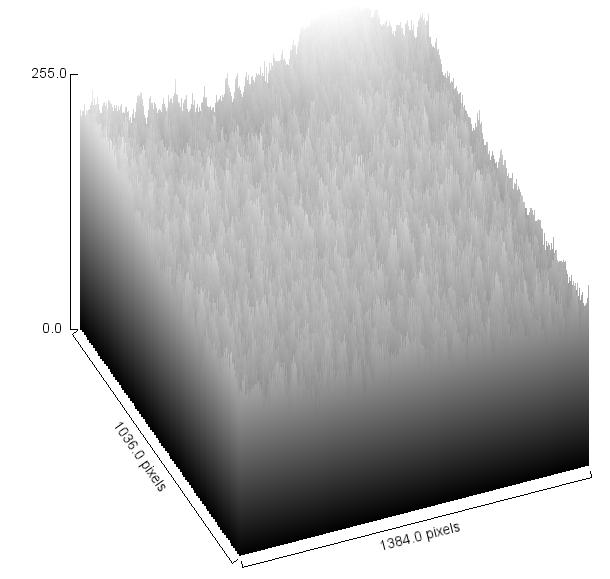
Figure 1: Image and Corresponding Surface Plot Diagram: Format_7 Mode_0, Exposure 100 s
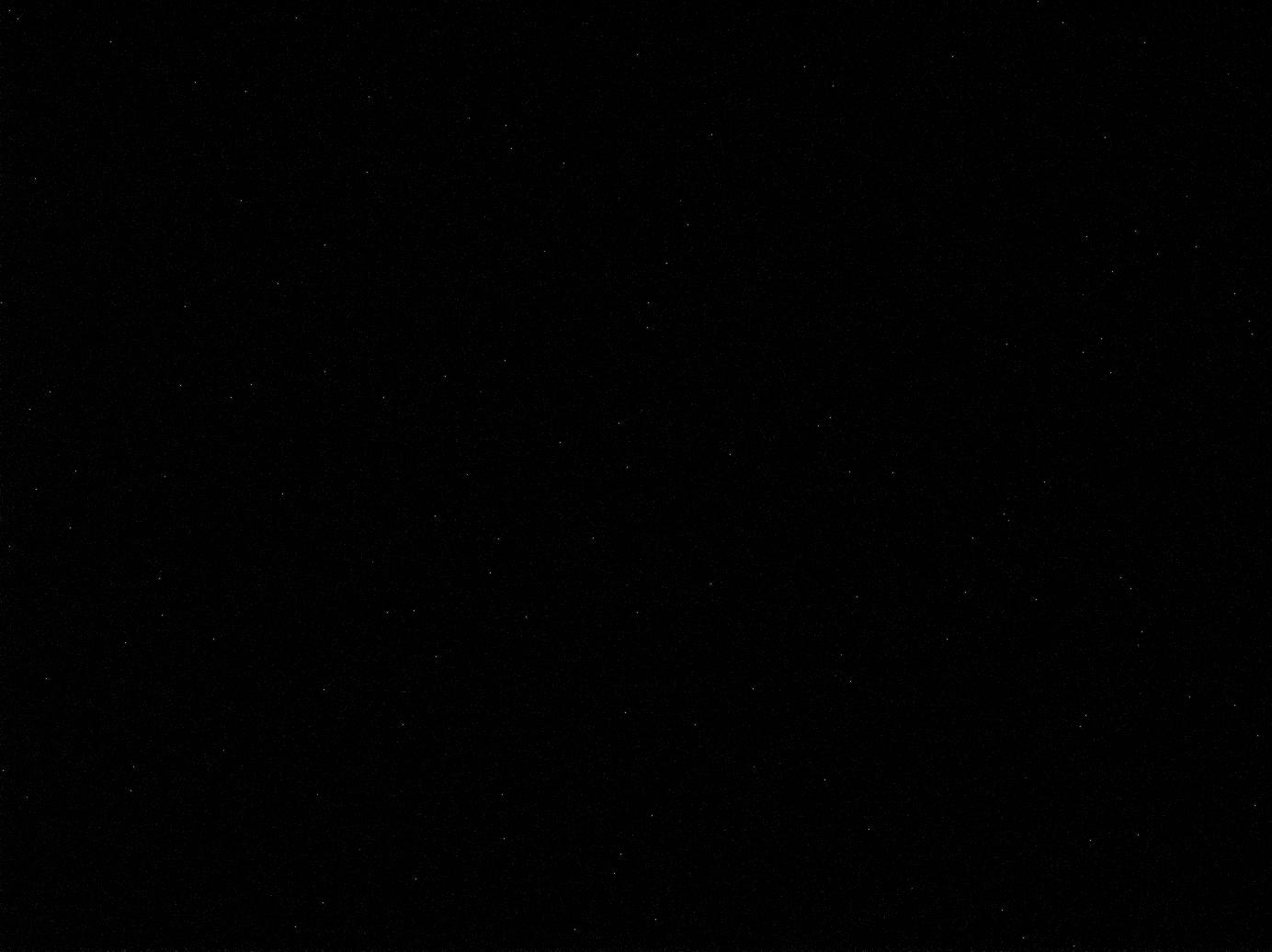
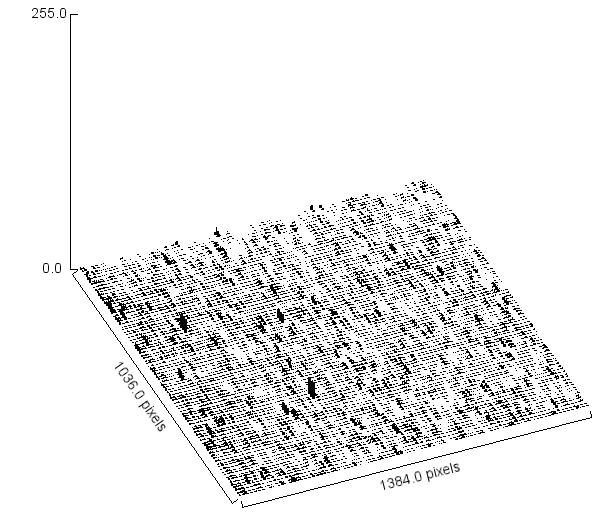
Figure 2: Image and Corresponding Surface Plot Diagram: Format_7 Mode_8 (Optimized Imaging Performance Mode), Exposure 100 s
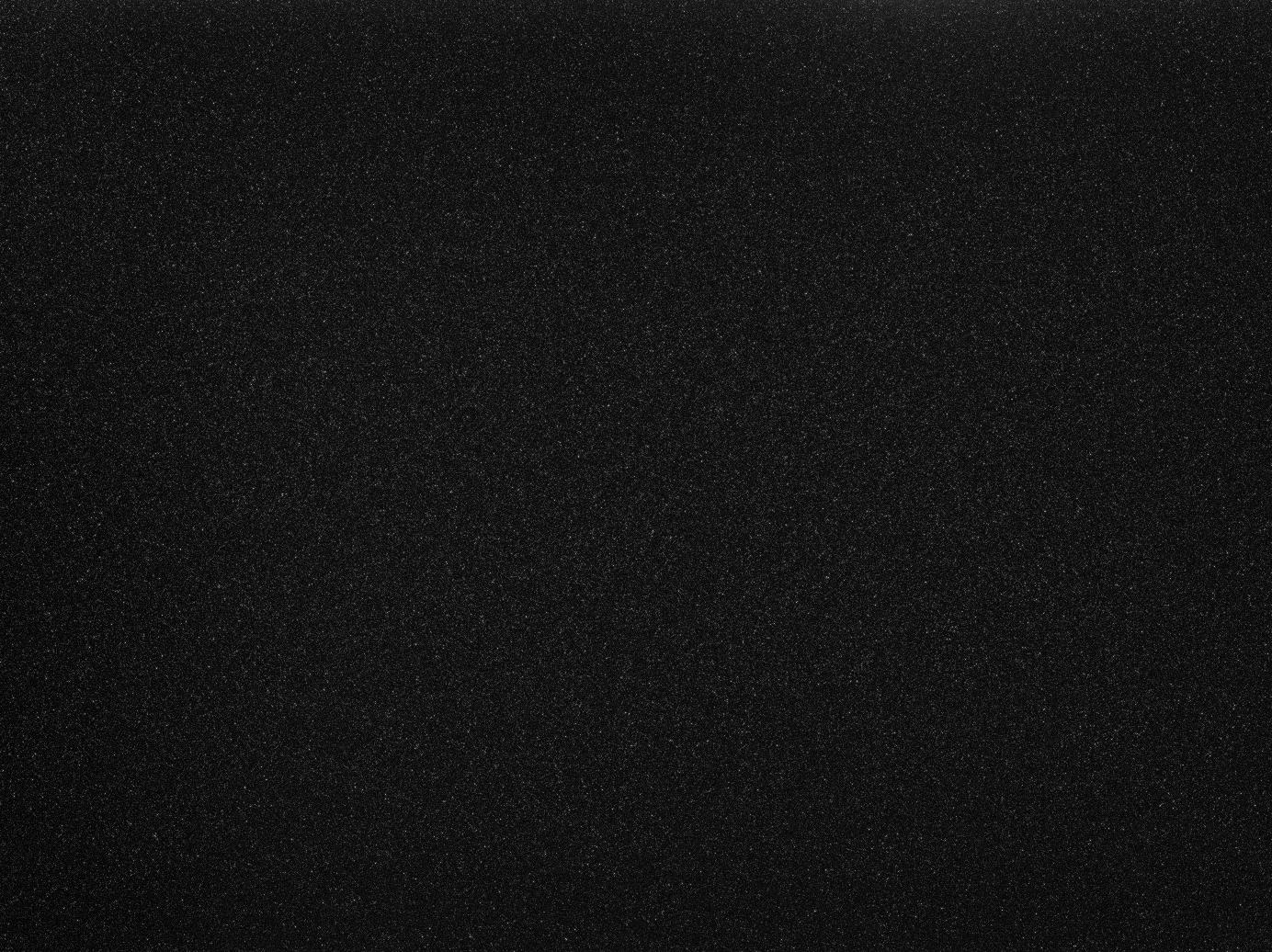
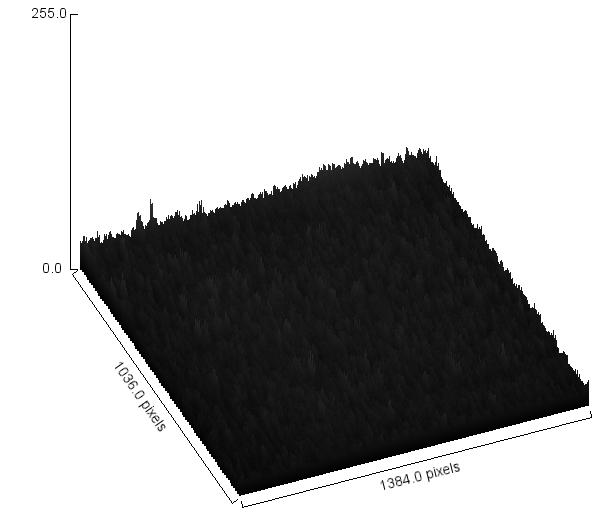
Figure 3: Image and Corresponding Surface Plot Diagram: Format_7 Mode_0, Exposure 20 s
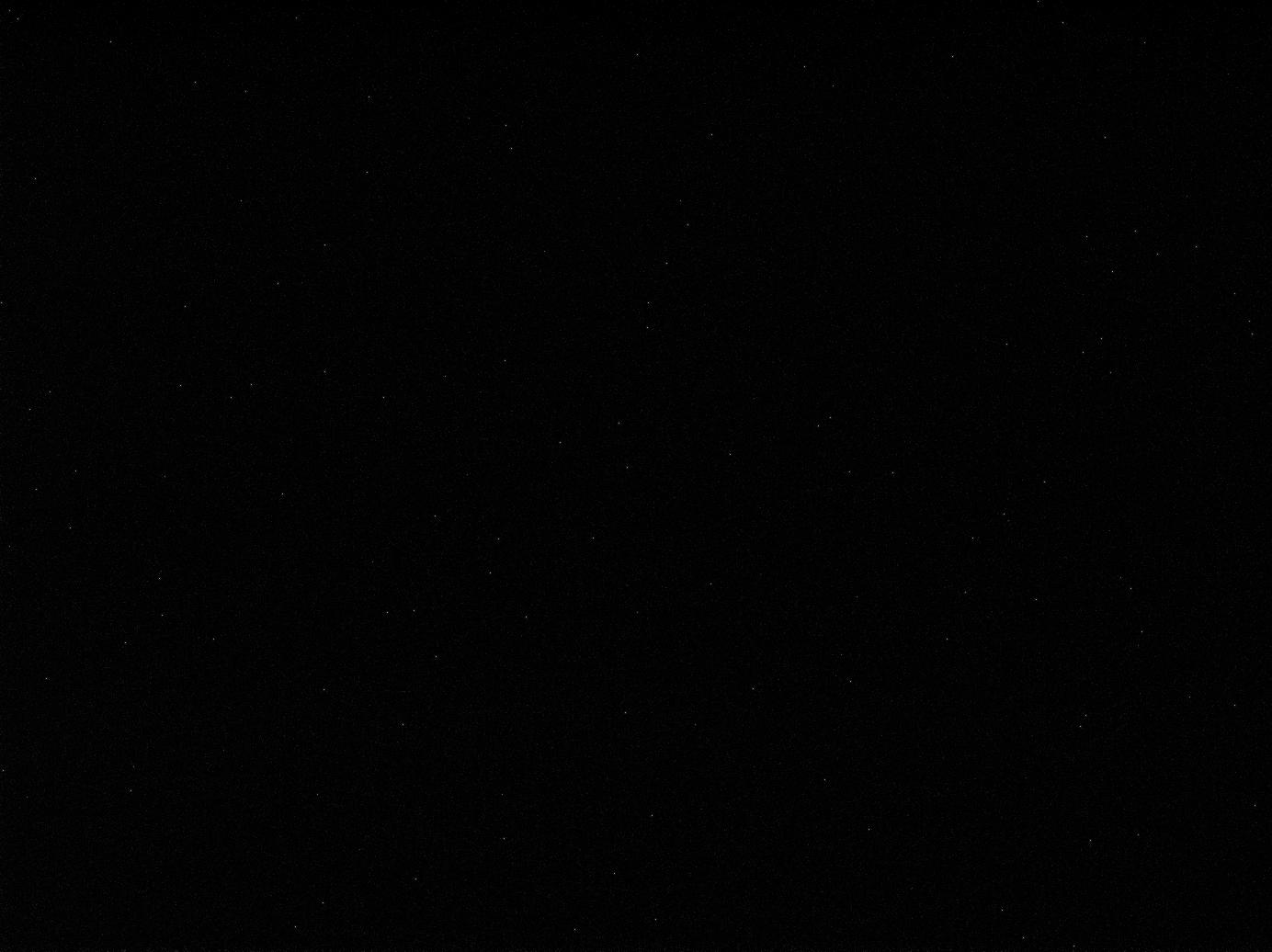
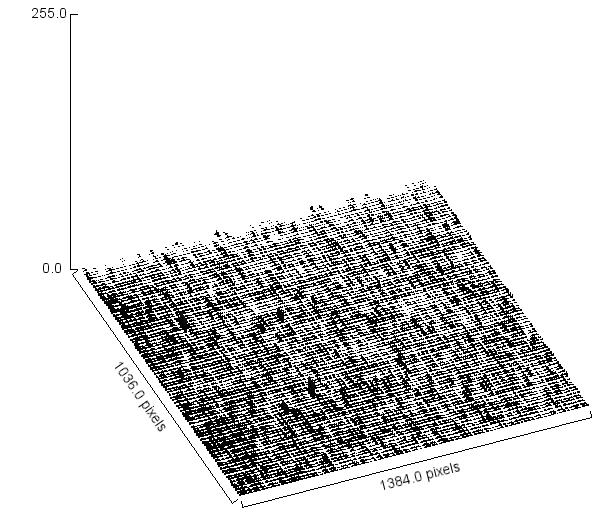
Figure 4: Image and Corresponding Surface Plot Diagram: Format_7 Mode_8 (Optimized Imaging Performance Mode), Exposure 20 s
